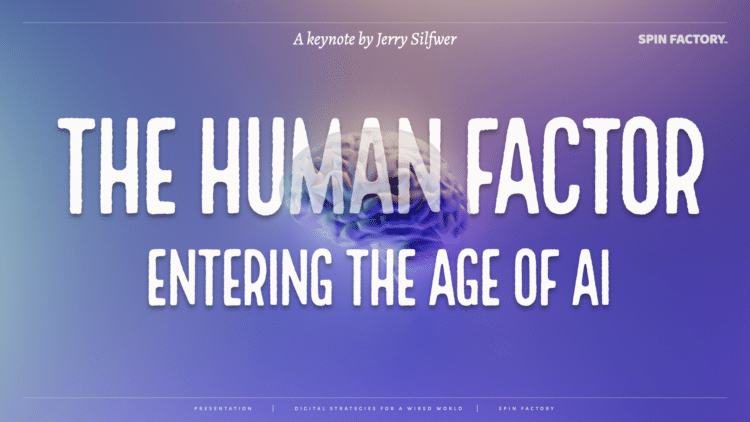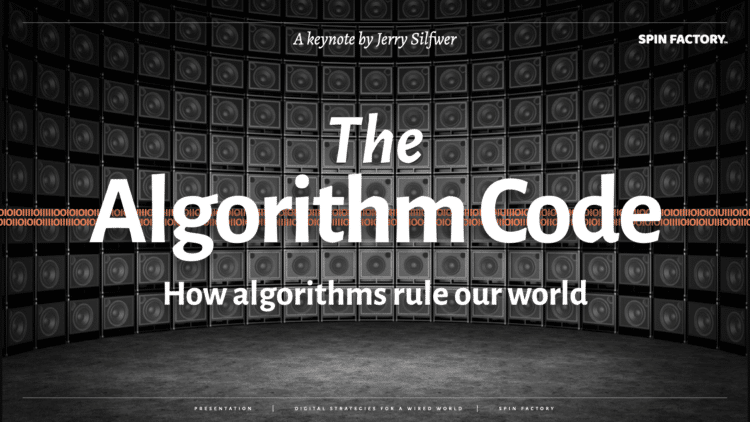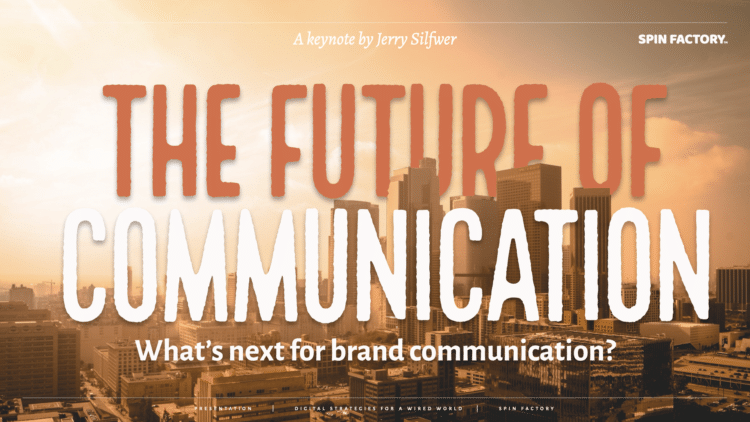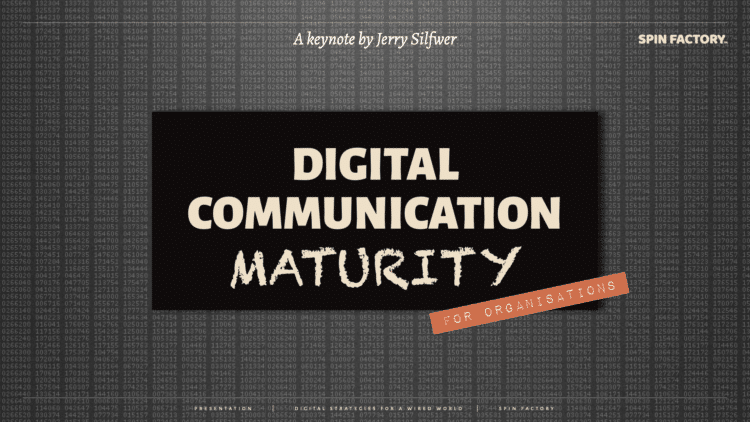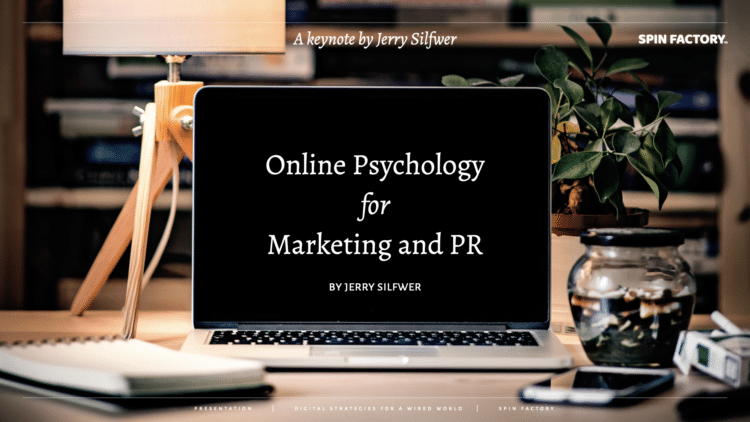Sift through the forgotten voids at your peril.
Jerry Silfwer, Digital PR Expert
Hi there! Welcome to
Doctor Spin.
My name is Jerry. I’m an awarded PR adviser who’s been blogging before, during, and after it was cool. I write about public relations, digital strategy, and media psychology in a wired world.
Learn more about digital-first, persuasion, publicity, and managing the media.
Learn More About Public Relations
Explore the world of publics, influencers, stakeholders, and media logic.
Subscribe to SpinCTRL today!
Join 2,000+ fellow PR lovers and subscribe to Jerry’s Substack newsletter on communication and psychology.
What will you get?
> PR commentary on current events.
> Subscriber-only VIP content.
> My PR slides for .key and .ppt.
> Discounts on upcoming PR courses.
> Ebook on getting better PR ideas.
> PR commentary on current events.
> Subscriber-only VIP content.
> My PR slides for .key and .ppt.
> Discounts on upcoming PR courses.
> Ebook on getting better PR ideas.
Subscribe to SpinCTRL today by clicking SUBSCRIBE and get your first FREE send-out instantly!
🔒 Your email address is safe with me.

